Marking-out
Tools Used on Wood
MEASURING
30 centimetre steel rules are used for marking- off measurements on
wood. They are not normally used to draw straight lines with! (as you
would on paper).
DRAWING LINES ON WOOD
Pencils are used for marking out lines across, on and around wood.They
need to be kept sharp to provide thin and accurate lines. HB or H pencils
are best and you are expected to have your own pencil with you for all
lessons.
Please note; all the sizes and measurements used In the CDT Dept. are
in millimetres (mm) NOT centimetres! (or inches!!)
Remember, 10 mm =1 cm and 1000 mm = 1 metre
HOW TO GET AN ACCURATE DEPTH
Marking out the line A-A for a Housing Joint requires a Marking gauge.
It will cut a line into the wood that will be parallel to the edge E-E.
The thumb- screw fixes the stock In position.
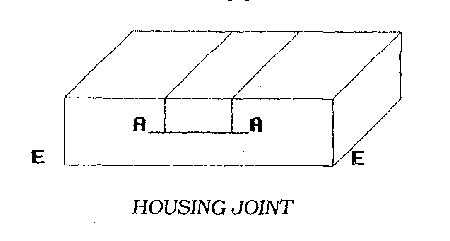 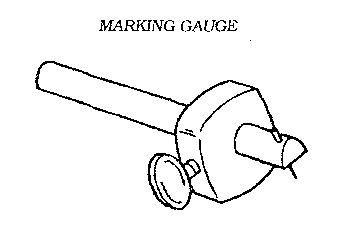
LINES DRAWN AT 90 Degrees TO AN EDGE
The only. toot that will guarantee that line B-B is drawn at a right-angle
(90 degrees) across a piece of wood is a Try square. They are also used
to check that a piece of wood is accurate and square at the ends.
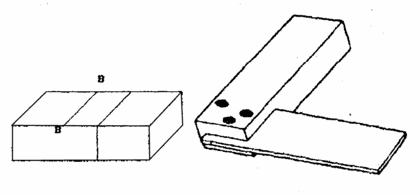
ACCURATE CUTS IN WOOD:
(how to get started (in an exact position). If a saw cut or chiselling
is to be made across the grain of wood, a marking knife can be used
to “go-over” lines drawn in pencil. It will cut the surface
fibre and give an accurate and clean start for saws to begin on.
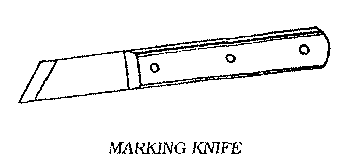
You may need to mark-out and check lines at an angle of 5 degrees on
your biscuit cutter shape. The only marking out tool that will allow
you to do this is a Sliding bevel, shown in the drawing below. It can
be adjusted to provide any angle between the wooden stock and the steel
blade.
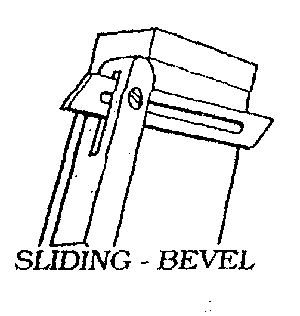
|

